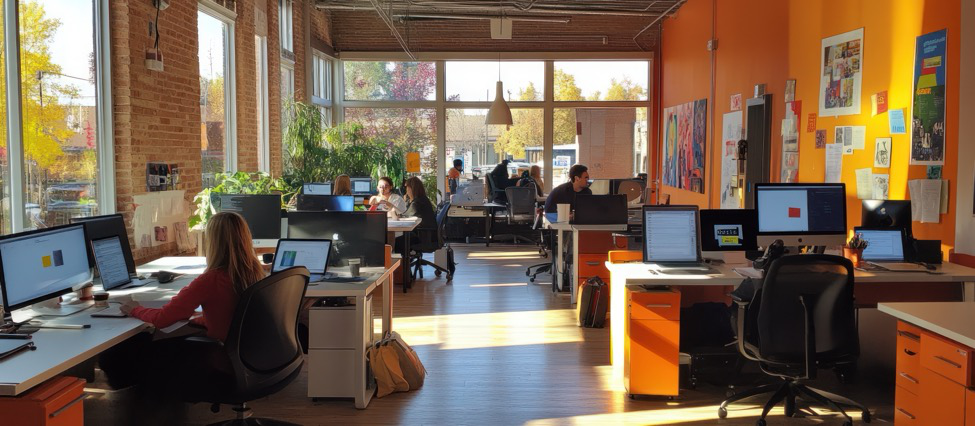The rise of remote work, freelancing, and independent entrepreneurship has transformed the commercial real estate landscape. Traditional office spaces, designed for large teams and long-term leases, are increasingly being replaced by shared micro-offices — compact, high-functioning workspaces tailored for solo professionals. These modern offices offer flexibility, affordability, and a professional environment without the overhead of conventional office rentals.
The demand for shared micro-offices has grown alongside the rise of digital nomadism, gig work, and independent consulting. Solo professionals, such as freelancers, remote employees, and small business owners, often require more than just a home office or a co-working desk. They seek dedicated, distraction-free spaces where they can work efficiently, meet clients, and maintain a professional image.
Micro-offices provide a cost-effective solution by offering fully furnished, private spaces within shared office buildings. Unlike traditional offices, these workspaces allow professionals to rent only what they need — whether it’s a single desk, a small enclosed office, or a flexible membership plan.

As demand for traditional office spaces declines, landlords and developers are adapting by repurposing commercial properties into micro-office hubs. Office buildings that once catered to corporate tenants are now being redesigned to accommodate smaller, more agile workspaces.
This shift reflects the evolving workforce landscape, where autonomy, efficiency, and cost-consciousness are driving real estate trends. With the continued rise of remote work and freelancing, shared micro-offices are expected to play an increasingly important role in the future of workspaces.
For solo professionals, these innovative office solutions provide the perfect balance of convenience, cost savings, and professionalism, allowing them to thrive in a rapidly changing work environment.
For businesses looking to adapt to the growing demand for commercial spaces for solo professionals, partnering with an experienced commercial construction contractor is essential. Freccia Group Commercial Construction specializes in designing and building modern office solutions that meet the needs of today’s workforce. As a trusted commercial construction company in Austin and office builder, we create high-quality, flexible office spaces tailored to solo professionals.
Learn more about Freccia Group Commercial Construction and call us for a free estimate.